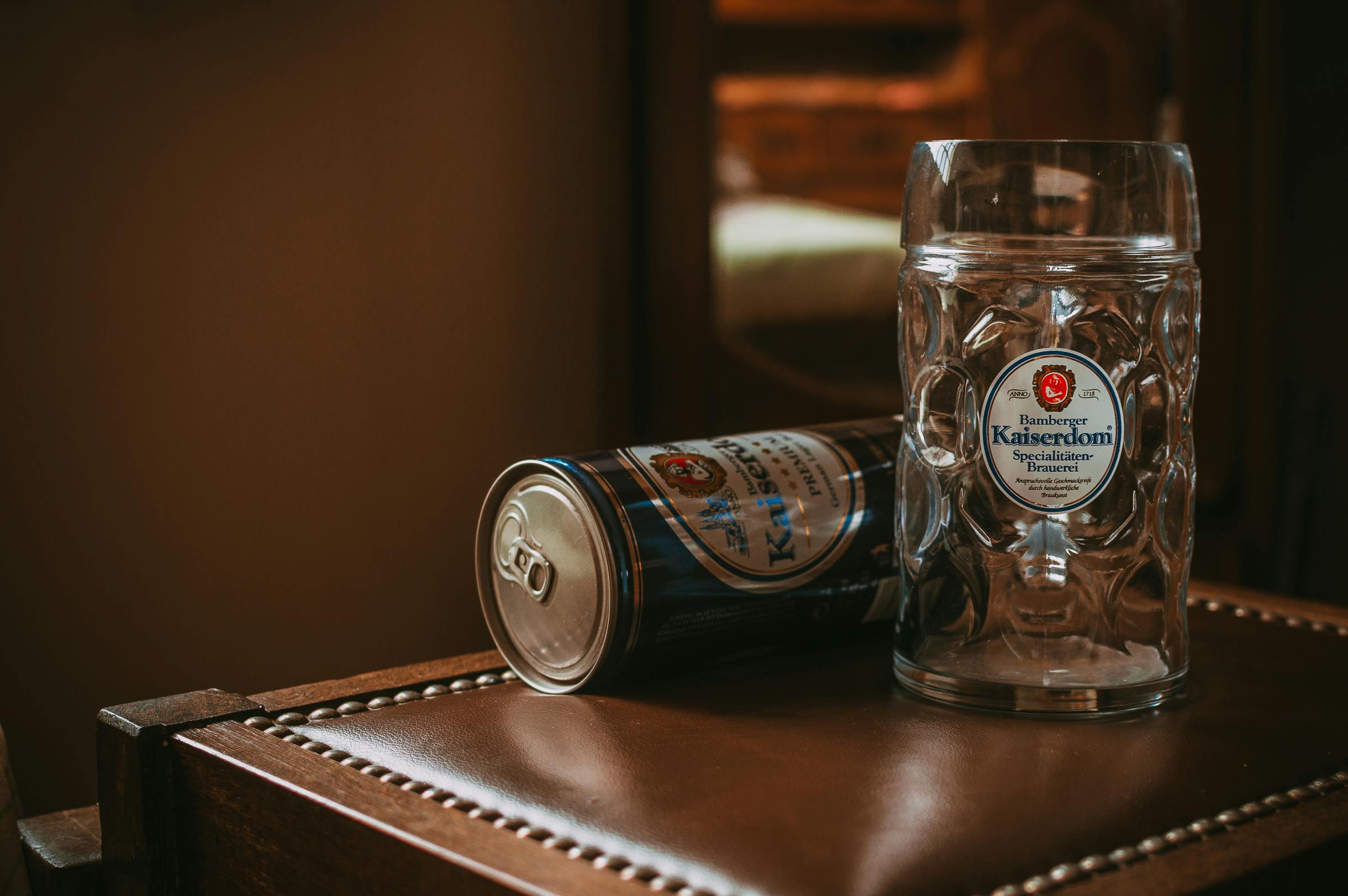How Can Some Pubs Offer Beer at Just £1.99 a Pint?
During a recent visit to the Half Moon pub in Stepney Green, a part of the well-known Wetherspoon’s chain, I was pleasantly surprised to find that a pint of beer was priced at merely £1.99. Several options, including the popular Abbot Ale, were available at this incredibly low price point.
This experience sparked a question: How can certain pubs sell beer so cheaply, and what does this reveal about the true cost of beer for pubs? When compared to establishments charging over £7 for an ale or £8 for a premium lager, these low prices suggest that the actual cost to pubs might be significantly less than anticipated—potentially below £2.00 per pint.
Pricing strategies like those at Wetherspoon’s might be reflective of their bulk purchasing power and streamlined operations, enabling them to keep costs low and pass those savings on to customers. It’s an intriguing insight into how pricing can vary dramatically across different venues, raising interesting questions about the pricing models used by higher-end pubs and bars.


Insightful Pricing Strategies in London’s Pub Scene
As a long-time resident and enthusiast of London’s vibrant pub culture, I find this discussion on pricing fascinating. The pricing strategy employed by Wetherspoon’s is indeed effective, but it raises several important points about the broader implications for both consumers and the pub industry.
Firstly, it’s important to consider:
However, this raises an important question: What about smaller, independent pubs? Many of these establishments charge more for their offerings, often creating a unique atmosphere or serving craft beers that reflect local producers. They face challenges in competing with chains like Wetherspoon’s, and their pricing may reflect not just costs but also a commitment to quality and community.
This variance in pricing also prompts a deeper conversation about consumer choices and the perceived value of a pub experience
Insight into Competitive Pricing and the London Pub Scene
As a London resident, I find the pricing strategies of pubs like Wetherspoon’s quite fascinating and reflective of broader market dynamics. The ability of such establishments to offer beers at just £1.99 a pint indeed suggests some key factors at play:
However, it’s worth considering that these low prices might not be sustainable for all pubs, especially given London’s high real estate costs and operational expenses. It raises questions about whether such pricing models can be maintained long-term without compromising quality or service. Additionally, it would be interesting to explore how these pricing strategies impact the local beer market and consumer expectations in the city.
Overall, Wetherspoon’s approach offers valuable insights into how scale and efficiency can be leveraged to make affordable pub experiences, though the diverse London pub scene ensures there’s plenty of room for different business models to thrive.